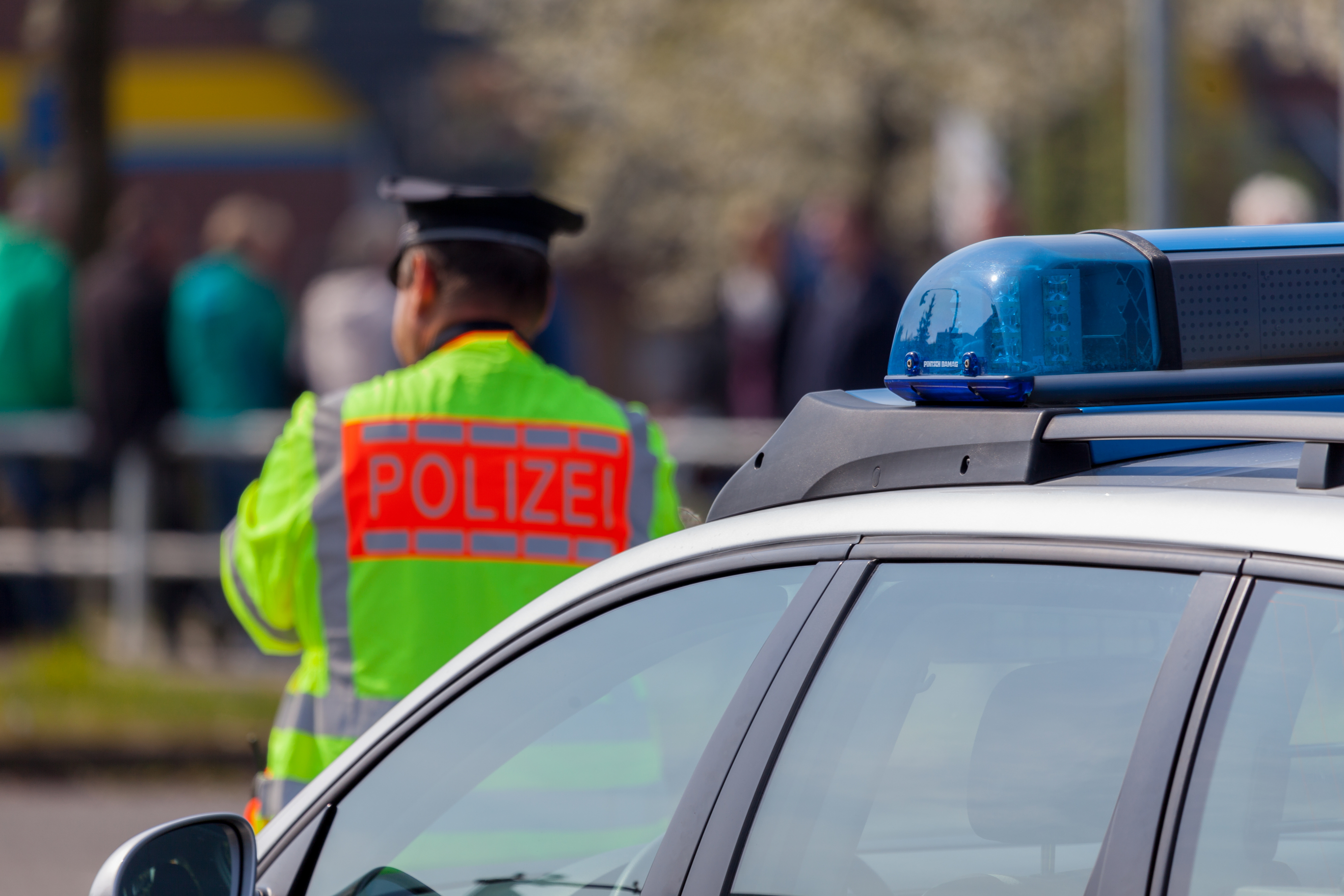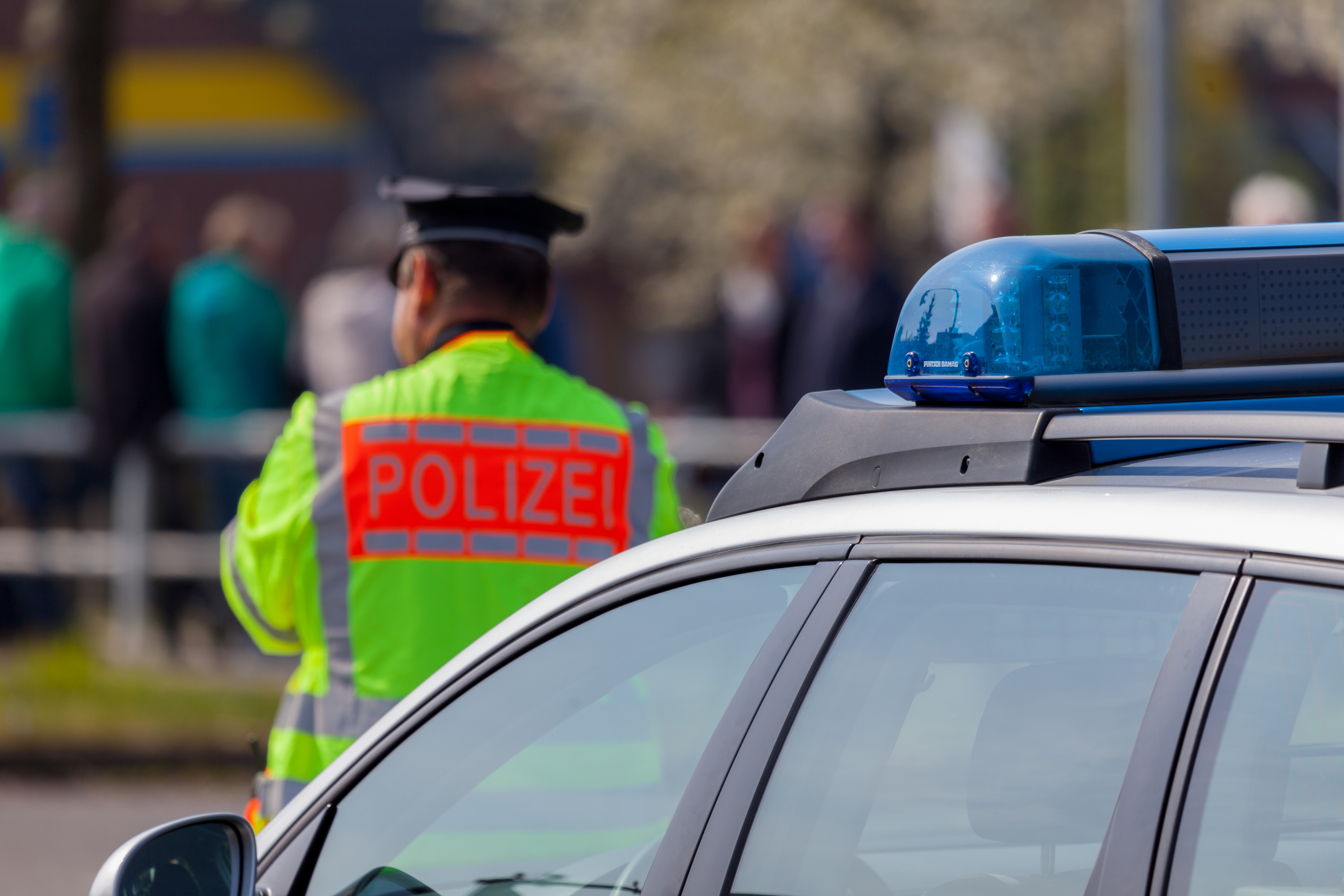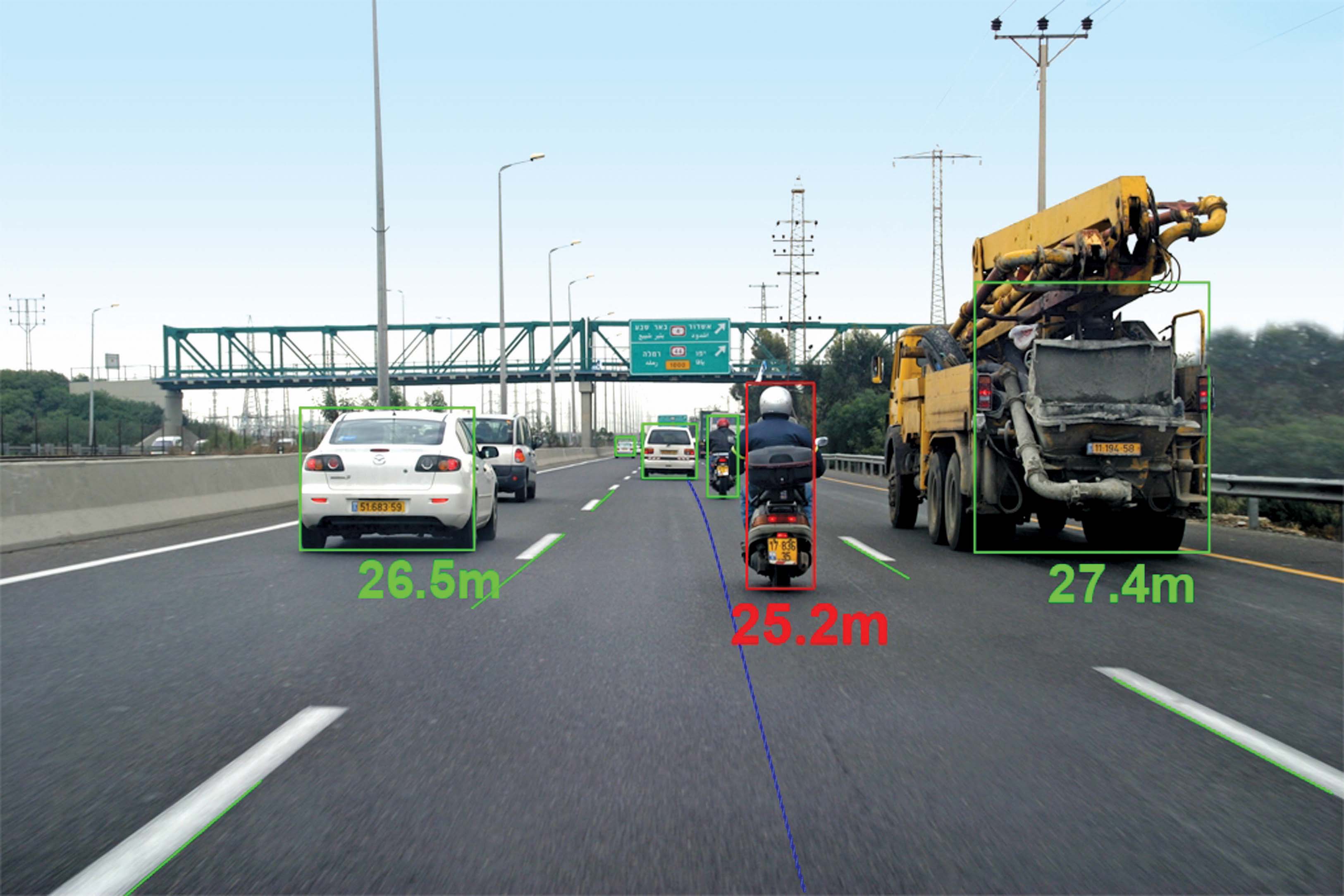
Europe will fail to meet its road death targets as enforcement budgets are slashed and drivers face an epidemic of distractions.
The European Union will not achieve its aim of halving the number of people killed on its roads each year by 2020, delegates to
Speaking as a policy officer in the EU’s Directorate-General for Mobility and Transport, Koronthaly reported that “unfortunately we are now in a period of stagnation which started in 2013 and is continuing.” Cutbacks in government spending “may well be having an effect” on enforcement capabilities, he said, and the EU may well retain its “world-leading position” on road safety … but there is no room for complacency.
“There are still far too many fatalities on our roads and the situation for vulnerable road users is not improving anywhere near fast enough,” Koronthaly told the gathering of Europe’s top traffic police officers.
Tispol president Chief Superintendent Aidan Reid, who is also head of the Garda National Traffic Bureau in the Republic of Ireland, agreed. He told the 300-plus delegates that “we must remain alert and on point if we are to make our targets and we must remain focused on our four key objectives: to be safe, secure, effective and efficient.”
Road fatalities
Across the EU during 2015, “26,000 people died in road accidents” according to Koronthaly, and “25% of those incidents took place in urban areas with 20% of the victims below 25 years old.” Three-quarters of the victims were men and 45% of the fatalities involved passenger cars. Pedestrians and cyclists accounted for 30% of the fatalities and “the EU now averages 51 fatalities per million inhabitants.”
To try and improve the situation, the EU is bringing forward new laws. “Legislative work underway includes a new professional driver's training directive,” Koronthaly said, “where we are reviewing the training and qualification process for truck and bus drivers.” There is also a new set of “tunnel safety and infrastructure safety management directives” coming into play and the EU is looking carefully at the issues around “vehicle automation and connectivity.”
On a more practical day-to-day basis, Reid praised Project Edward (the European Day Without A Road Death) initiative which took place in mid-2016. “I think that success lies in partnership,” he said. “In fact, the whole future of road policing is going to be about partnership.” Multi-disciplinary ideas like Project Edward, and the way in which it was run and promoted, are clearly the way forward. “We must understand how technology can help us, how we can work with other agencies and how we can better use sound evidence that has been rigorously tested to get the results we need,” he said.
Harnessing new technology
This theme was echoed in the keynote address by Professor Oliver Carsten from the Institute for Transport Studies at the University of Leeds. “How are we going to harness the benefits of new vehicle technology from a road safety perspective?”, he asked. “What sort of legislation should we promote as a result” and how should the road safety sector go about lobbying Europe’s MEPs?
He told the conference that there is already an EU General Safety Regulation (GSR) study in place “to consider the potential of crash avoidance technologies to supplement crash mitigation technologies.” It was published in March 2015 and, according to Carsten, it “sets the European regulatory agenda for 2016 onwards.” However, if it is to have any sort of “actual outcome in terms of legislation [it will be] a co-decision of the Commission, European Parliament and Council.”
Carsten outlined the ‘active safety’ technologies already in place and, “based on the evidence reviewed, the following measures were considered to be likely to be cost-beneficial and could on that basis be taken into consideration: enhanced AEB [automatic emergency braking] with collision mitigation; intelligent speed adaptation; lane keep assist; reversing detection and reversing camera systems; and emergency brake light displays.”
Less speeding
Things are happening fast. “New vehicles sold from 2022 are likely to have Intelligent Speed Assistance as a required fitment,” Carsten told the conference. However, “it remains to be seen exactly what type of system the Commission will propose. Hopefully there will be a dramatic increase in speed compliance and less work for the police.”
He also remains hopeful that autonomous vehicles could, and should, reduce the number of accidents caused by people driving under the influence of alcohol or drugs. “The European Commission estimates that across the EU around 25% of all road deaths are alcohol-related,” he said. “There were an estimated 240 fatalities in Great Britain as a result of drink-drive crashes in 2013, which equals about 14% of all fatalities. [And] in Great Britain during 2014, 0.9% of drivers admitted to driving under the influence of illegal drugs at least once in the previous 12 months.”
Automation issues
Also, of course, “automated systems do not fall asleep” and “25% of all fatal crashes on motorways and major trunk roads in the UK are sleep-related. In Victoria (Australia), around 20% of all fatal road accidents involve driver fatigue. For Western Australia, it is 30%.”
However, Carsten warned, “humans will tend to be more sleepy in highly automated vehicles.” He cannot see autonomous vehicles having any beneficial effects if the systems are based on rapid human intervention in a crisis. The occupants just won’t respond in time.
So, for Carsten, one of the biggest questions the industry needs to answer is “how to manage the handover from automated back to human driving. It is one of the major design challenges,” he said. For instance, “how will the vehicle know that the human is ‘available’ to drive?” The humans involved might not be asleep, but they might not be paying attention. They could be taking part in “a non-driving task such as video, email, etc. The typical answer is to monitor the human but eye movement cameras are not 100% reliable and don’t work at all for some drivers.”
More understanding is needed, the professor concluded. And “the vehicle and driver will need to collaborate properly. They will need to understand each other’s authority, capabilities and intentions. The human machine interface (HMI) has a crucial role in communicating between the two,” but the perfect system does not yet exist.
Liability issues
Citing a recent fatal accident in the United States, where a Tesla driver in Florida using the car’s Autopilot system crashed into the side of a truck trailer that was crossing the road, Carsten raised a series of tricky issues, such as: “The Tesla driver was on Autopilot, and reportedly driving well over the speed limit. The truck driver did not detect the Tesla, or thought he had sufficient time to manoeuvre. The Tesla driver was reportedly watching a movie (Harry Potter). The forward vision sensor system on the Tesla reportedly did not detect the truck trailer, which was white against a bright background. The sensor system [may have mistaken] the space under the trailer as empty space and therefore carried on as if it was driving under a bridge or a gantry.”
The end result was that “the Tesla collided with the side of the trailer at high speed, and the top of the Tesla was sliced off.”
So … where might the blame lie? For instance: was it “the speed of the Tesla (it was reportedly going well in excess of the [104km/h] 65mph speed limit)” that brought about the error? Or was there a “failure of the sensor system to detect the trailer?”
Was “the road layout” to blame? Was the junction a “poor design for a high-speed road?” Or should we investigate “the fact that the Tesla permitted Autopilot to be enabled on a high-speed road with at-grade intersections? Was it a result of driver distraction?”
Learning lessons
From this one incident alone, we could learn a lot of lessons, said Carsten. The safety lobby will need to work on things like: “the speed limit for automated driving; better sensors; requiring side under-ride guards on truck trailers and geofencing … which means preventing the enabling of automated driving on lower-quality roads through use of a digital road map.They will also have to consider previewing intersections via a digital map and disabling of automated driving on approach to an intersection; the control of distracting activities where attention is required; and vehicle-to-vehicle communication.”
Carsten can see ‘Black Boxes’ (more correctly known as event data recorders or EDRs) in future cars, as well as in planes. “Event data recorders or EDR systems are already becoming common,” he said. They will soon be “a must for AVs” and Tispol’s “investigating officers will have to become experts in EDR analysis.”
In the long run, it could be good news. “Driver assistance systems are likely to increase driver rule compliance,” Carsten concluded, “and automated vehicles will be generally safer. However, there are some real challenges in ensuring that safety is maximised and analysis of electronic data will play a major role in crash investigation in the future.”
Distracted driving
Keynote speaker Professor Oliver Carsten from Leeds University’s Institute of Transport Studies, highlighted the problems modern drivers face with “an epidemic of distraction with mobile phones, tablets, music systems, sat nav screens” and much more. Adding: “It is becoming harder and harder to focus on the road ahead.”
Following the professor to the podium and echoing his sentiment, Sergeant Neil Dewson-Smyth of Cheshire Police said, “this is exactly why I launched my ‘don’t stream and drive’ initiative.” Horrified by TV programmes such as James Corden’s idiotic but very popular car-pool karaoke, Dawson is using social medial to try and encourage people to keep their eyes on the road and their hands on the wheel.
Too many gadgets
Neil Greig, director of policy and research at the Institute of Advanced Motorists (IAM) agrees wholeheartedly, telling the police chiefs that there are too many new brands, names, gadgets and other systems out there - all hitting the market at the same time. “The rapid growth we’re seeing is creating a ‘Wild West” in mobility,” he said. “It’s fragmented, uncoordinated and confusing.”
The IAM wants to see “legal certainty for consumers” introduced as soon as possible. The institute is also worried about “the driver’s awareness regarding a car’s level of automation and their responsibilities; the driver’s sustained attention in partial automation; what sort of activities unrelated to driving should be allowed; the liability and burden of proof in conditional and high automation; and the recording of evidence to clarify liability in case of incidents.”
One shot only
And … if we are going to get it right, Greig added, we will only get one shot: “A well-trained driver and a vigilant car is a win-win scenario for the future. The car of the future should be benchmarked against the best human drivers. This is a once-in-a-generation opportunity to ensure that technology replicates the best that humans can be. Let’s aim for 5-star cars driving on 5-star roads controlled by 5-star drivers.” The more likely outcome, he warned, will be a rush to market with a ridiculous mish-mash of unproven systems. “It’s going to be VHS versus Betamax all over again,” he warned. “The consumer will be left in the middle, not knowing who to trust, what to buy and which platform will become the industry standard.”










